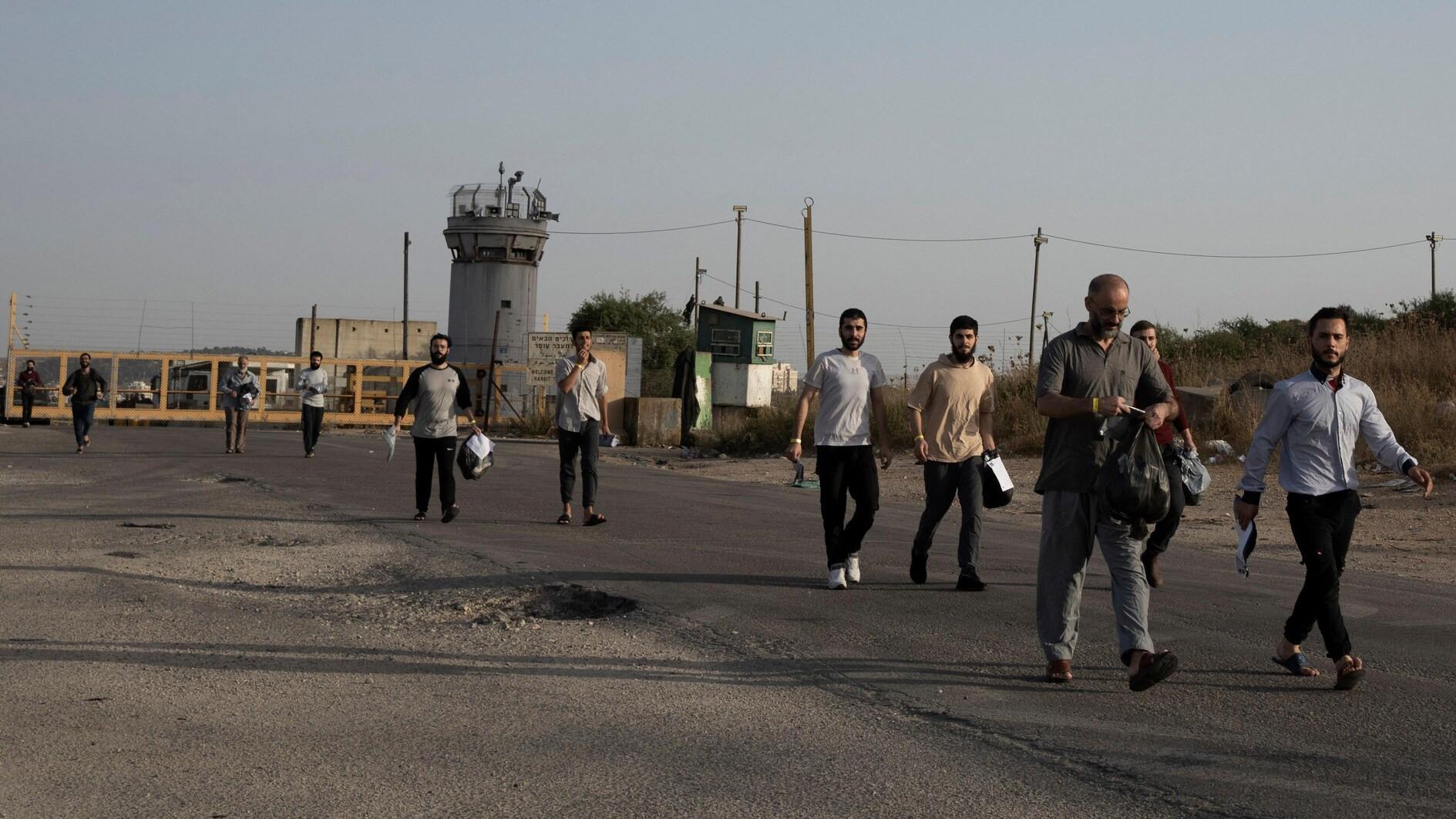Insurance giant reports a record loss, bailed out
Bloomberg
The loss widened to $61.7 billion from $5.29 billion in the year-earlier period, the New York-based insurer said yesterday in a statement. The government will also exchange its $40 billion in preferred stock for new shares that "resemble common equity," the Treasury and Federal Reserve said. AIG was paying a 10 percent dividend on the preferred stock.The insurer, first saved from collapse in September with a package that grew to $150 billion last year, had to ask for help again after failing to sell enough subsidiaries to repay the U.S. Firms including banks relied on AIG to back more than $300 billion of assets through derivative contracts as of Sept. 30, making the company a "systemically significant failing institution" that has to be propped up, the Treasury said.
"The government has accepted all the downside with little chance of upside," said Phillip Phan, professor of management at the Johns Hopkins Carey Business School in Baltimore. "They are trying to protect the global financial system from a complete meltdown."AIG agreed to turn over two units, American Life Insurance and American International Assurance. AIG will pay down the federal loan, valued at about $38.9 billion on Dec. 31, partly by putting the life units in trusts and giving the government rights to the cash flow from tens of thousands of life insurance policies.
Changing roles
The role of the U.S. has shifted from that of short-term lender - entitled to interest at the 3-month London Interbank offered rate plus 8.5 percent for a two-year loan under the first bailout - to a longer-term equity investor.
"We priced their capital punitively and forced them to sell things fast; that hasn’t worked either so we’re having to pump in more capital," said Haag Sherman, who helps oversee $8 billion as chief investment officer of Salient Partners. "This probably won’t be the last time AIG has to come to the trough."
AIG will also separate the unit that provides property and liability coverage for commercial clients and may sell a 19.9 percent stake to the public within 12 months, a person familiar with the matter said. That business, which was previously intended to be the core of AIG after the U.S. rescue, may get a new brand to distance itself from AIG, said the person, who asked not to be identified.
AIG sought a revised bailout after the global decline in financial firms thinned the pool of potential buyers for units, increasing the chance that auctions wouldn’t raise enough money to pay back AIG’s loans. Under the new plan, AIG will be under less pressure to divest assets as it continues to seek buyers for operations including an aircraft-leasing business, an auto insurer, and a retirement-services operation.
AIG had been in talks in the past week with regulators to restructure its bailout to stave off credit-rating downgrades that would have caused further costs tied to credit-default swaps.
AIG got an $85 billion federal loan in September after credit-rating downgrades left it facing more than $10 billion in potential payments to debt investors who bought swaps from the insurer to protect against losses. AIG, once the world’s largest insurer, operates in more than 100 countries, providing protection to individuals and businesses.
















